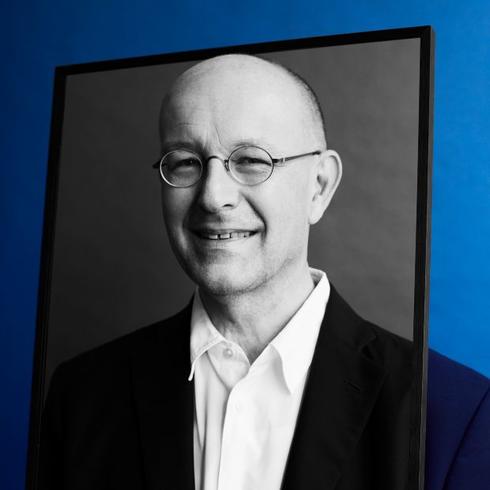© Félix Dol Maillot - 2018
Thomas Larcher studied composition and piano in Vienna. Today he is celebrated internationally as a composer, pianist and programmer.
In 1994 Larcher founded the festival ‘Klangspuren’, now an international renowned festival for contemporary music. He stepped down in 2003 to establish the Swarowski ‘Music im Riesen‘ festival in Wattens, Austria which he still runs.
Larcher’s early works are characterized by his preoccupation with the piano and its tonal qualities : Naunz for piano solo (1989), Kraken for violin, cello and piano (1994/5) , Mumien for cello and piano (2001). He wrote works for strings : Cold Farmer (1999), Ixxu (1998-2004) and Madhares (2006/7), concertos : Still (2002) for viola and orchestra, Böse Zellen for piano and chamber orchestra (2006) and the Violin Concerto (2008).
His first large orchestral score, written for the San Francisco Symphony in 2011 and conducted by Osmo Vanska, was Red and Green, the same year, the Double Concerto for violin and cello was commissioned and premiered at the BBC Proms with Viktoria Mullova and Matthew Barley under the direction of Ilan Volkov, for which Larcher was awarded the International category of the British Music Awards 2012.
Larcher writes also for the voice : My Illness is the Medicine I Need (2002) for soprano and piano trio, a much performed work that has recently been arranged by the composer in a version for chamber orchestra, Heute (2005) for soprano and orchestra, and Die Nacht der Verlorenen (2008) for Matthias Goerne and the London Sinfonietta.
In 2014, A Padmore Cycle, originally for tenor and prepared piano, was recomposed as an orchestral score with voice and was premiered by the BBCSO under Edward Gardner in November 2014.
Thomas Larcher was commissioned by Vienna Philharmonic Orchestra to write a new orchestra; score – Symphony No. 2 Kenotaph. Semyon Bychkov conducted the world premiere at the Musikverein in June 2016, and the BBC Proms presented the UK premiere in August 2016. Premieres in Germany and Holland followed in Autumn 2017. New York Philharmonic gives the US premiere in April 2019.
Larcher has been Composer in Residence at the Vienna Konzerthaus, the Mozarteum Orchester, Wigmore Hall, and many festivals including Davos, Heimbach, Risör, Mondsee and Bantry. In 2015 he received the Chamber Music Society of Lincoln Center’s Elise L. Stoeger Prize 2014/15.
His recordings have been awarded several international prizes, including the Preis der deutschen Schallplattenkritik, the Choc de la musique and the Diapason d’Or.
His first opera The Hunting Gun for Bregenz was premiered this summer 2018,.


